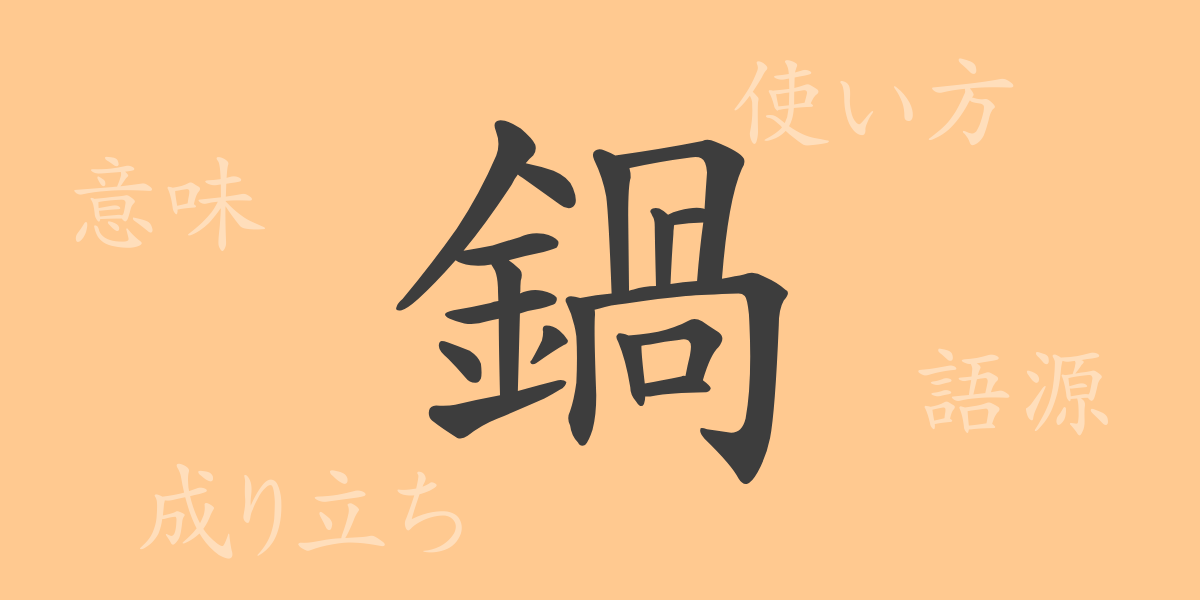In Japan, the cold of winter often leads people to seek out warm dishes. Among these, ‘鍋 (なべ)’ transcends mere cuisine, becoming an integral part of the home. This article delves into the history, meaning, and usage of ‘鍋’, exploring its cultural significance and the depth it brings to Japanese dining. As you read on, the role of ‘鍋’ in Japanese food culture and its use in various idioms will become clear.
Origins of ‘鍋 (なべ)’
The term ‘鍋’ refers to cooking vessels that have been in Japan since ancient times. Originally pronounced ‘なべ’, it signified a metal cooking container. Its etymology is believed to be linked to the old word ‘ふぶ’, meaning ‘belly’, due to its belly-like shape. Over time, ‘鍋’ has evolved from a mere cooking implement to a focal point for family and community gatherings.
Meaning and Usage of ‘鍋 (なべ)’
‘鍋’ not only refers to the dish itself but also to the utensil used to make it. It is used in various cooking methods, such as ‘煮鍋’ (simmering pot), ‘蒸し鍋’ (steaming pot), and ‘揚げ鍋’ (frying pot). Seasonally varied pot dishes like ‘寄せ鍋’, ‘ちゃんこ鍋’, and ‘すき焼き’ are also popular in Japan.
Readings, Stroke Count, and Radical of ‘鍋 (なべ)’
‘鍋’ is a common Kanji in Japanese, known for its distinctive notation and structure.
- Readings: On’yomi ‘カ’, Kun’yomi ‘なべ’
- Stroke Count: Total of 17 strokes.
- Radical: The radical for ‘鍋’ is ‘金 (かねへん)’, categorizing it among Kanji that signify metal.
Phrases, Idioms, and Proverbs Using ‘鍋 (なべ)’
‘鍋’ frequently appears in Japanese idioms and proverbs. For instance, ‘一鍋二菜 (いちなべにさい)’ expresses the idea of achieving multiple benefits from a single action, similar to ‘killing two birds with one stone’. The phrase ‘鍋の蓋 (なべのふた)’ symbolizes a harmonious atmosphere within a group.
Conclusion on ‘鍋 (なべ)’
‘鍋’ is an indispensable element of Japanese food culture, with a history and usage that spans many aspects. Rooted in ancient origins and employed in various culinary methods, ‘鍋’ is deeply ingrained in Japanese life. Moreover, as a word, it enriches expression through its presence in idioms and proverbs, surpassing its role as just a cooking tool to become a cultural symbol. Through this article, we hope you have gained insight into the historical and cultural background behind the character ‘鍋’.

























